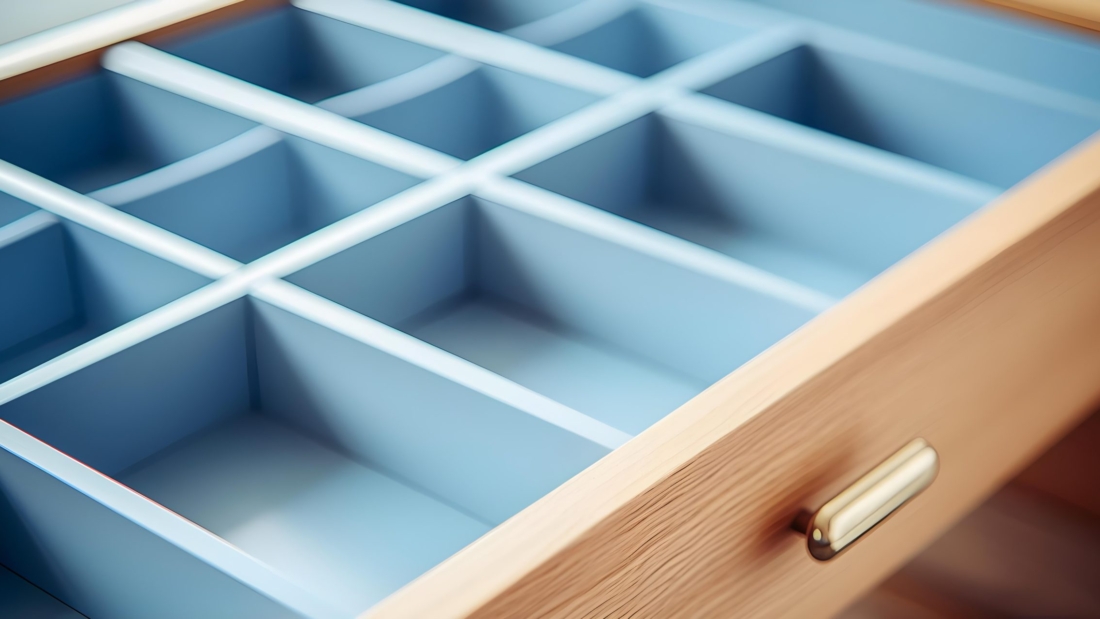When it comes to kitchen upgrades, cabinet doors are often overlooked. Yet, they play a crucial role in both the functionality and the overall look of the space. From daily use to visual appeal, kitchen doors are central to the way your kitchen works and feels.
Sometimes a full renovation isn’t necessary—replacing just the doors can completely transform your kitchen. But how do you know when it’s the right time?
Here are five clear signs it might be time to replace your kitchen cabinet doors.
1. Warped or Damaged Doors
One of the most common issues that signal replacement is needed is warping or swelling. This often occurs due to moisture buildup, which is inevitable in kitchens where heat and humidity are present daily.
Why it matters:
-
Warped doors may no longer close properly.
-
They can compromise the overall alignment and look of your cabinetry.
-
Moisture damage can even lead to mould, posing health risks.
Once the structural integrity of a door is compromised, repair is often not a practical option. Replacing the doors becomes the most efficient and effective solution.
2. Mismatched Doors from Previous Changes
Over the years, doors might be replaced piecemeal due to wear or breakage, resulting in mismatched styles or finishes. Add in updated appliances or changed paint colors, and suddenly the kitchen feels disjointed.
What happens:
-
The space starts to look cluttered or uncoordinated.
-
A lack of visual harmony can make the kitchen feel smaller or more chaotic.
Replacing all cabinet doors at once can restore balance and give your kitchen a refreshed, cohesive look—without the need for a full remodel.
3. Outdated Styles
Even if the cabinet structure is sound, older door styles can date the entire room. Styles, colors, and finishes that once felt modern may now seem tired.
Why it’s worth updating:
-
Swapping out old doors for contemporary designs—such as flat-panel or handleless styles—instantly modernizes the space.
-
Replacing doors is faster, easier, and more affordable than a full kitchen renovation.
-
You get to express your personal style with minimal disruption to your home.
From traditional shaker profiles to sleek, modern gloss finishes, today’s options make it easy to refresh your kitchen’s design with just a door change.
4. Functionality Issues
Hinges loosening, doors sticking, or misaligned closures—these are all signs that your cabinet doors have reached the end of their functional lifespan.
What it means:
-
Recurrent problems like these often point to underlying structural wear.
-
Temporary fixes (tightening screws, realigning hinges) only go so far.
Replacing the doors ensures smooth operation and gives the entire kitchen a more polished, dependable feel. If your cabinet frames are still solid, this can be the perfect in-between solution.
5. Noticeable Wear and Tear (Scratches, Fading, Chips)
Kitchens endure a lot—especially in busy households. Over time, cabinet doors naturally accumulate scratches, faded areas, chips, or stains that are hard to hide or repair.
What to look for:
-
Surface damage that affects appearance, even if the door still functions.
-
Fading or discoloration from sunlight, cooking, or cleaning products.
Replacing worn doors revitalizes your kitchen without the cost or downtime of starting from scratch. It’s a practical way to make an old kitchen feel new again.
The Takeaway: Small Change, Big Impact
If your cabinet structures are in good shape, replacing only the doors can save time and money—while still delivering a dramatic transformation. It’s a smart way to breathe new life into your kitchen, whether you’re modernizing an outdated space or simply addressing wear and tear.
No matter your design preferences—classic, minimalist, rustic, or contemporary—there’s a door style to suit your needs. From matte textures to high-gloss finishes, you can find the right match to bring your kitchen back to life.

